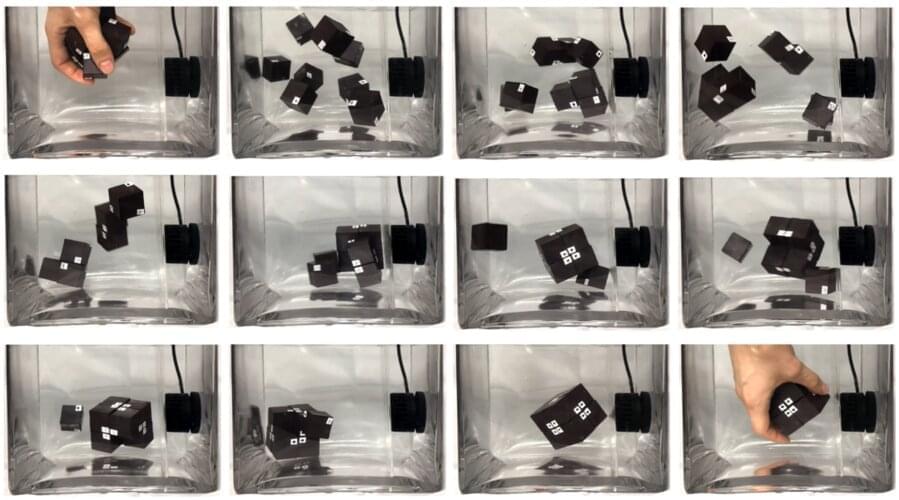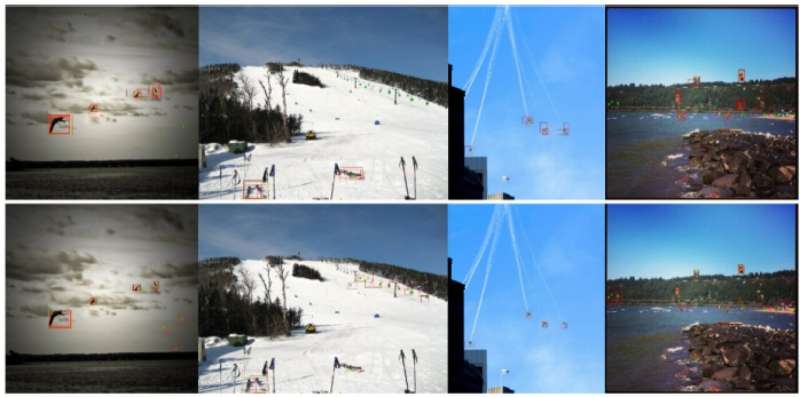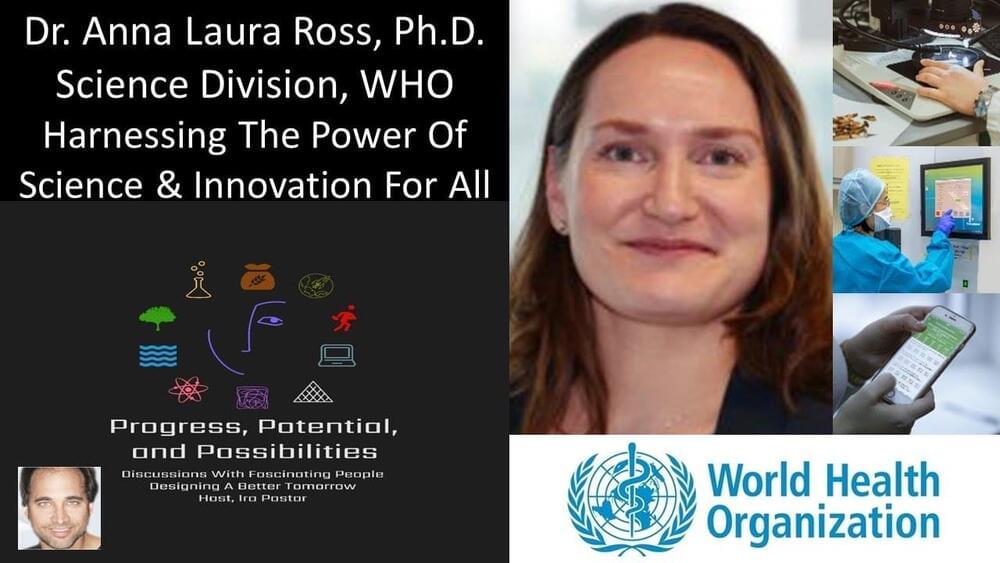Oct 20, 2022
NASA Just Unveiled an Epic 12-Year Timelapse of The Entire Sky
Posted by Genevieve Klien in category: space
NASA continues to outdo itself with the majestic images of space that it keeps releasing – but even by the agency’s high standards, a 12-year timelapse of the entirety of the night sky is an impressive achievement.
The imagery has been captured over those years by the NEOWISE (Near-Earth Object Wide Field Infrared Survey Explorer) space telescope, which was originally launched in 2009 under the previous name ‘WISE’ to study the Universe outside of our Solar System.
Continue reading “NASA Just Unveiled an Epic 12-Year Timelapse of The Entire Sky” »

















